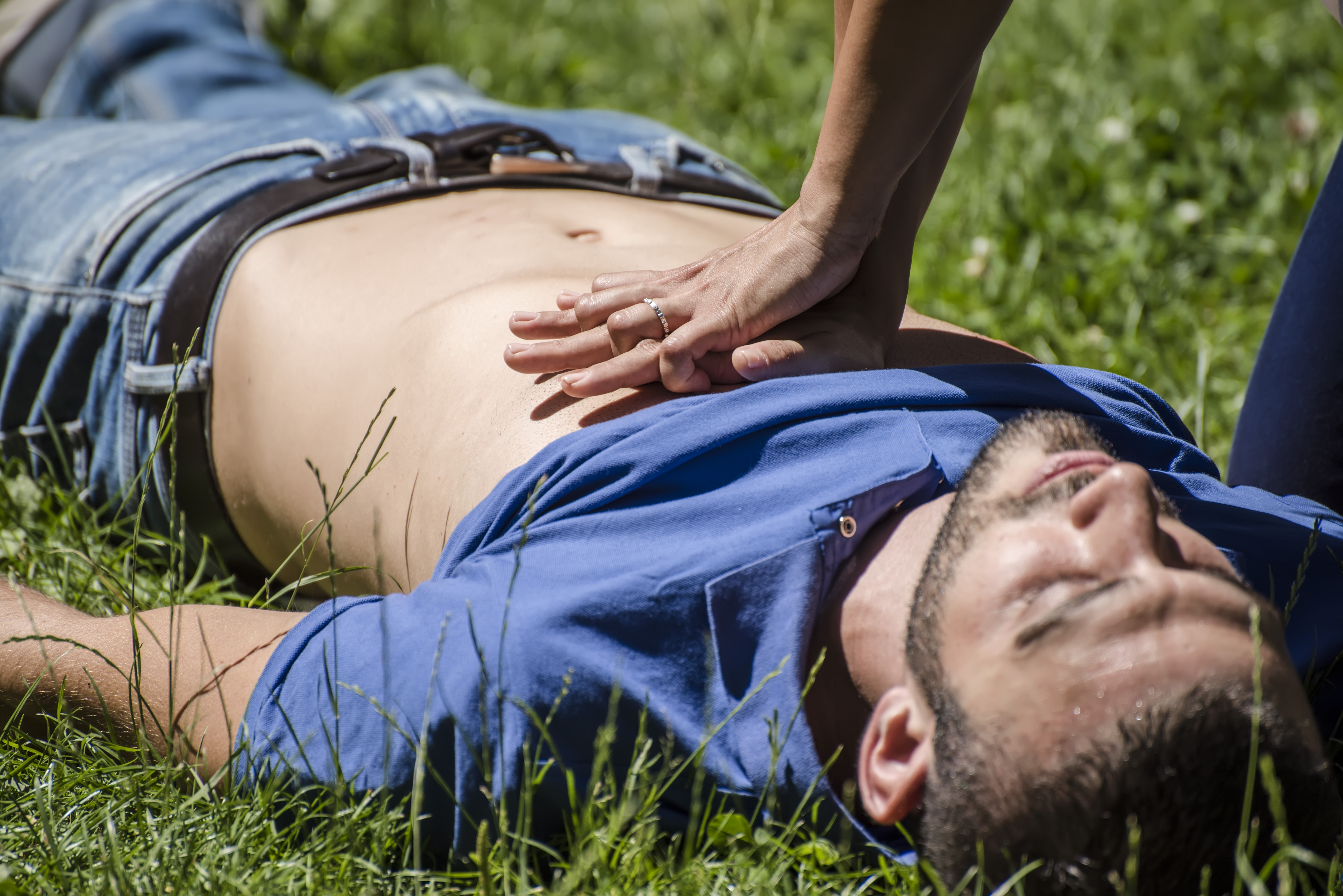10 Essential First Aid Tips Every Family Should Know
9. Coping with Heatstroke and Hypothermia

Extreme temperatures can lead to serious health emergencies such as heatstroke and hypothermia. Heatstroke occurs when the body overheats, while hypothermia results from prolonged exposure to cold temperatures. Recognizing the signs, such as confusion, dizziness, or altered consciousness, is crucial for effective intervention. For heatstroke, moving the person to a cooler environment, removing excess clothing, and applying cool, wet cloths can help lower body temperature. For hypothermia, moving the person to a warm environment, removing wet clothing, and covering them with blankets can help raise body temperature. Understanding how to respond to these conditions ensures that families can provide effective care and prevent complications.
10. Performing CPR and Using an AED

Cardiopulmonary resuscitation (CPR) and the use of an automated external defibrillator (AED) are critical skills for responding to cardiac emergencies. CPR involves chest compressions and rescue breaths to maintain blood flow and oxygenation in a person experiencing cardiac arrest. An AED is a portable device that delivers an electric shock to help restore a normal heart rhythm. Understanding when and how to perform CPR and use an AED can significantly increase the chances of survival in a cardiac emergency. Families should consider taking a certified CPR and AED course to ensure they are prepared to respond effectively.
